The town of Pomorie is situated some 20 km away from Burgas. Every Bulgarian has heard the song of Nedyalko Yordanov named A Family Memory of Pomorie and whoever has visited the place would love to return there. It simply has it all – beautiful quays, vast beaches and above all – historical and cultural landmarks.
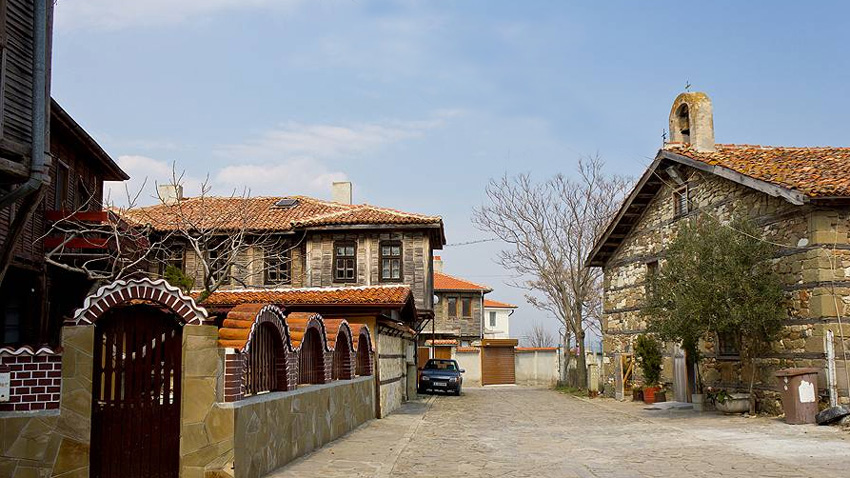
Those are the Museum of Salt, the Antique Dome Tomb, the Pomorie Lake and its inhabitants, the Sv. Georgi Monastery with its healing water or Yavorov’s Cliffs that inspired the poet… All these sites have their history and their cross point is named the Pomorie Museum of History – a relatively young institution that has been rapidly developing though.
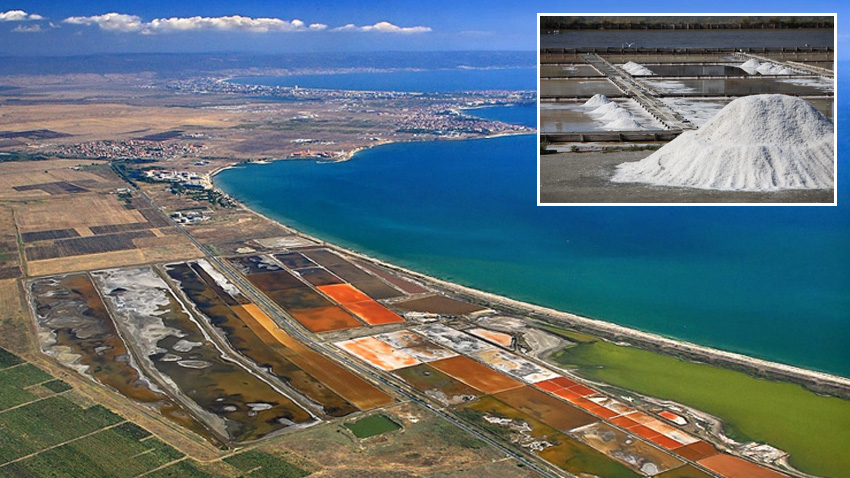

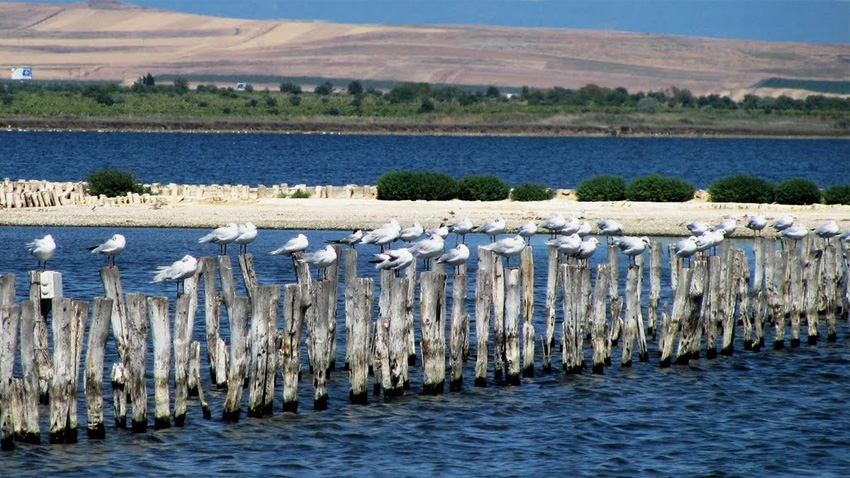
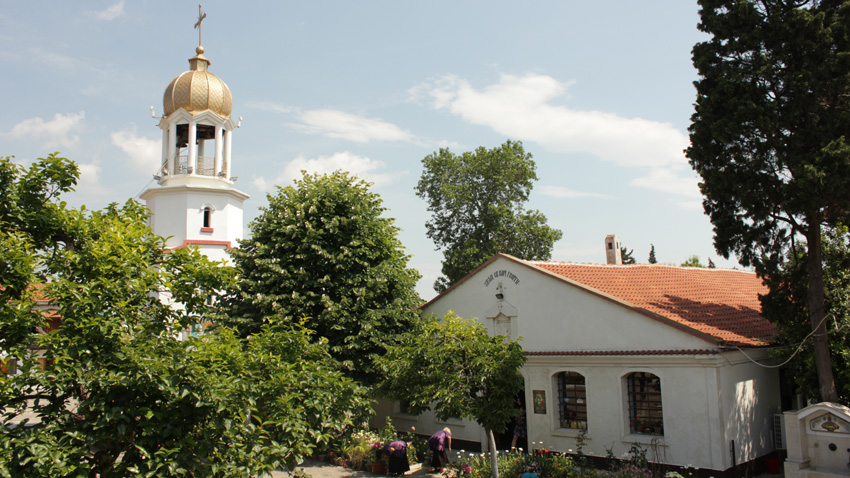
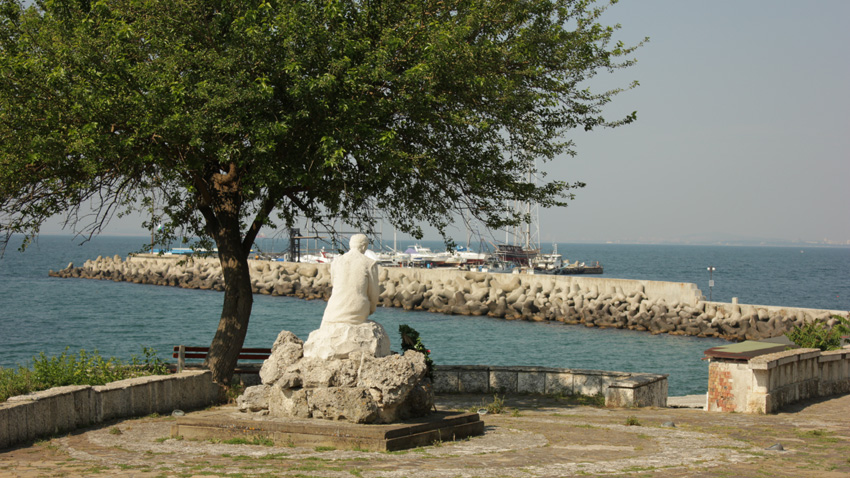
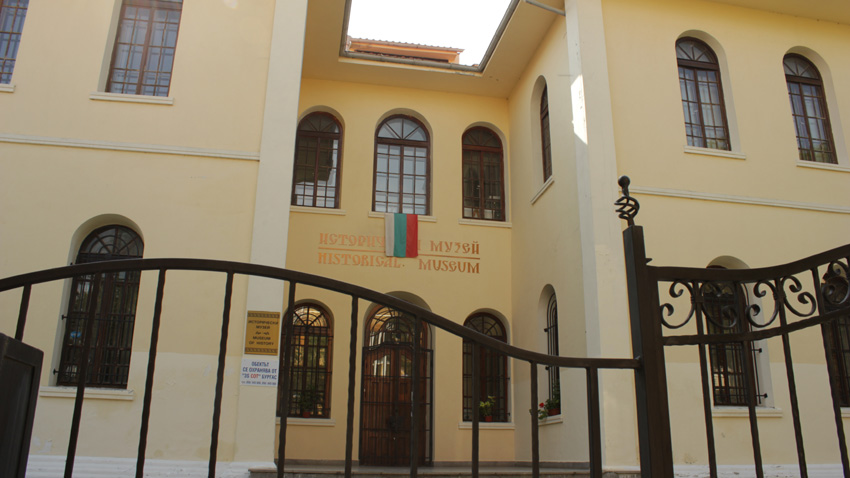
The huge stones and tusks of mastodons, extinct after the last Ice Age cause astonishment. One can almost touch the stone anchors used in the Bronze Age… Fishing, sailing, salt extraction, viticulture and wine-making were the major crafts of people in Anchialos, the ancient name of the town. Many of the museum’s artifacts are devoted to them, as the main part has been donated by locals. Director of the Museum of History Anton Karabashev gives us more details:
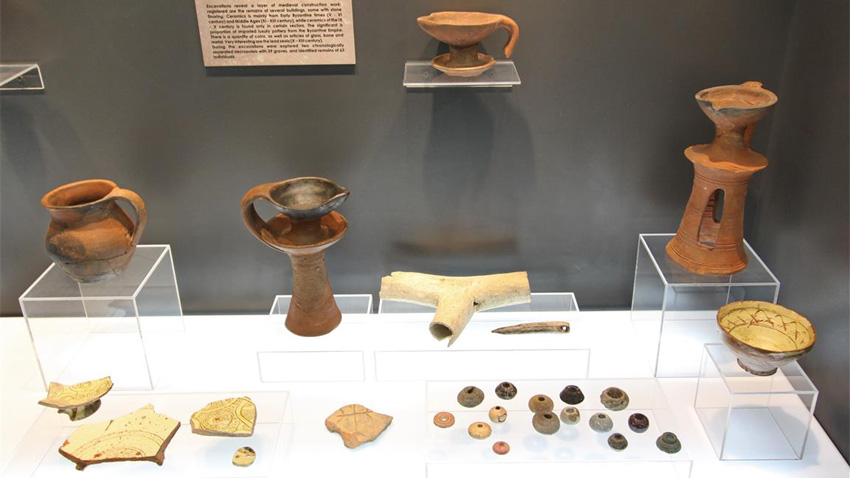
“It all starts on the 1st floor, where the oldest testimonies on the town’s existence can be seen – it covers the period from pre-history to the late Medieval Age. There are a painting exhibition and a small exposition, related to the town’s fishing and sailing activities in between the first and second floors. One can see here perhaps the most precious donation that we have – over 40 wooden replicas of vessels. Those have been created by Georgi Ribov from Pomorie, a fisherman and a WWII vet. The initial ones belong to the 1930s”.
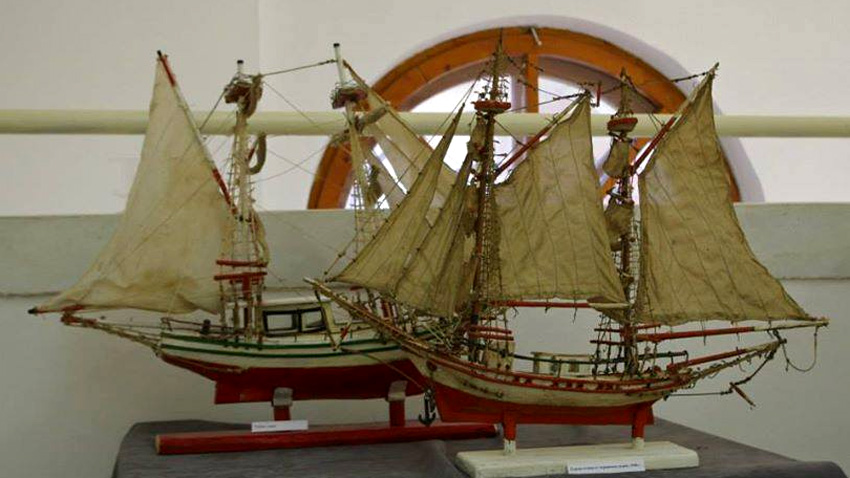
“Our latest history and ethnography are presented on the second floor. As of the past three years we have started a campaign, named Donate Something Old – Preserve the Past of Your Town.

We collected over 1,000 precious documents, black-and-white photos, archaeological and ethnographic materials and objects.
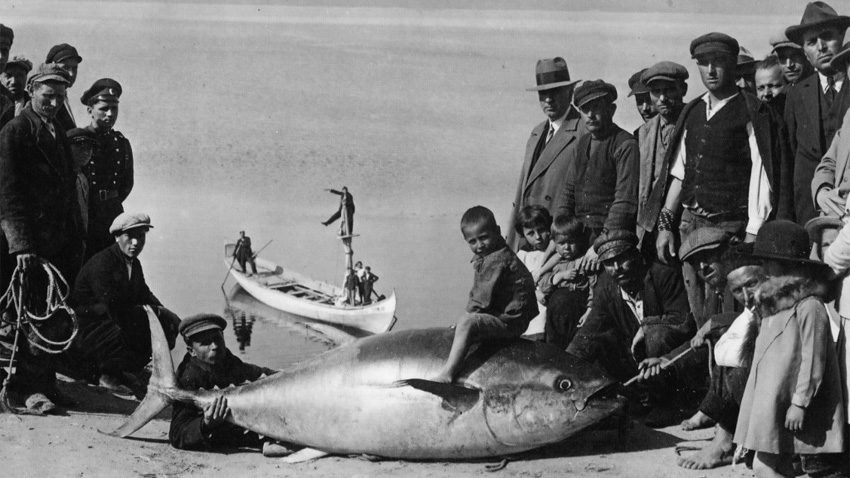
Many objects from the area of archaeology were received, originating from the ancient town of Ulpia Anchialos, the way they knew it in Roman times. In 2016 we registered many sites, antique buildings, streets, coins, architectural elements, columns, mosaics etc., alongside the line of the town’s stone walls.

We discovered an interesting medieval sarcophagus from the narthex of a church, used as a family tomb. Thanks to these intense researches over the past years the museum’s fund received valuable monuments that cannot be seen elsewhere.”
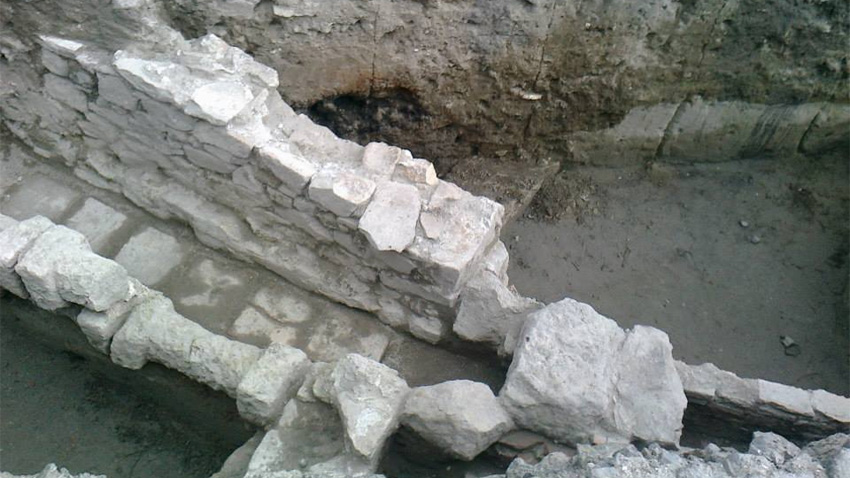
Archaeologist and curator of the museum Nadejda Stoikova goes on to say that the oldest exhibits are anchors, dated back to the pre-historic era. “We assume that those have sunk yet before the Trojan War,” she says and adds:
“Anchialos is considered to be established in the 5th – 4th c. BC. The findings from the Roman epoch are the most numerous ones. There are remains of houses, of buildings which were most likely wine stores due to the huge number of amphora fragments. Many coins from all over the world testify on rich trade. It is a curious detail that the last Byzantine emperors – the Kantakouzenos had their residences in Anchialos. They even remained there after the fall of the Byzantine Empire to the Ottomans, till their death. Nowadays we are aware of their residences’ whereabouts, but those have been plundered to the last stone.”
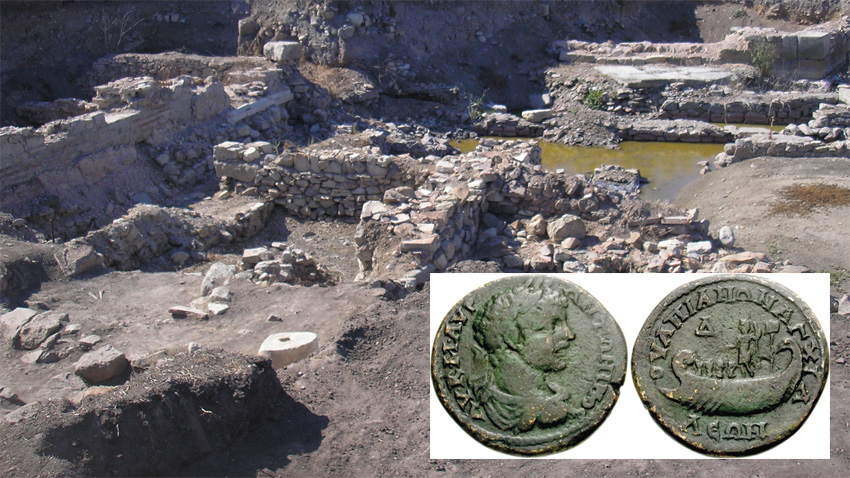
The population of Pomorie has been increasing rapidly over the past few years, as many Russians tend to relocate there and spend either the holidays or the entire year on the spot. Those do change the image of the town, locals say.
English version: Zhivko Stanchev
Priest Lyubomir Bratoev is a direct participant in the events of t he founding of the Bulgarian Orthodox Church community in Berlin . He came to the capital of East Germany in the late 1980s as a doctoral student. And, like a typical Orthodox Christian..
After nearly 35 years, the Bulgarian Orthodox Church Community in London has its own church in the central part of the British capital, in close proximity to the Bulgarian Embassy. There, in the prestigious Kensington district, next to Hyde Park and..
Meatfare Sunday in 2025 will be remembered as a major celebration for the Bulgarian Orthodox Church and the entire Bulgarian community in the United Kingdom. The "St. John of Rila" Orthodox Church, built with funds from the Bulgarian state and with..
After nearly 35 years, the Bulgarian Orthodox Church Community in London has its own church in the central part of the British capital, in close proximity..
Priest Lyubomir Bratoev is a direct participant in the events of t he founding of the Bulgarian Orthodox Church community in Berlin . He came to the..

+359 2 9336 661
